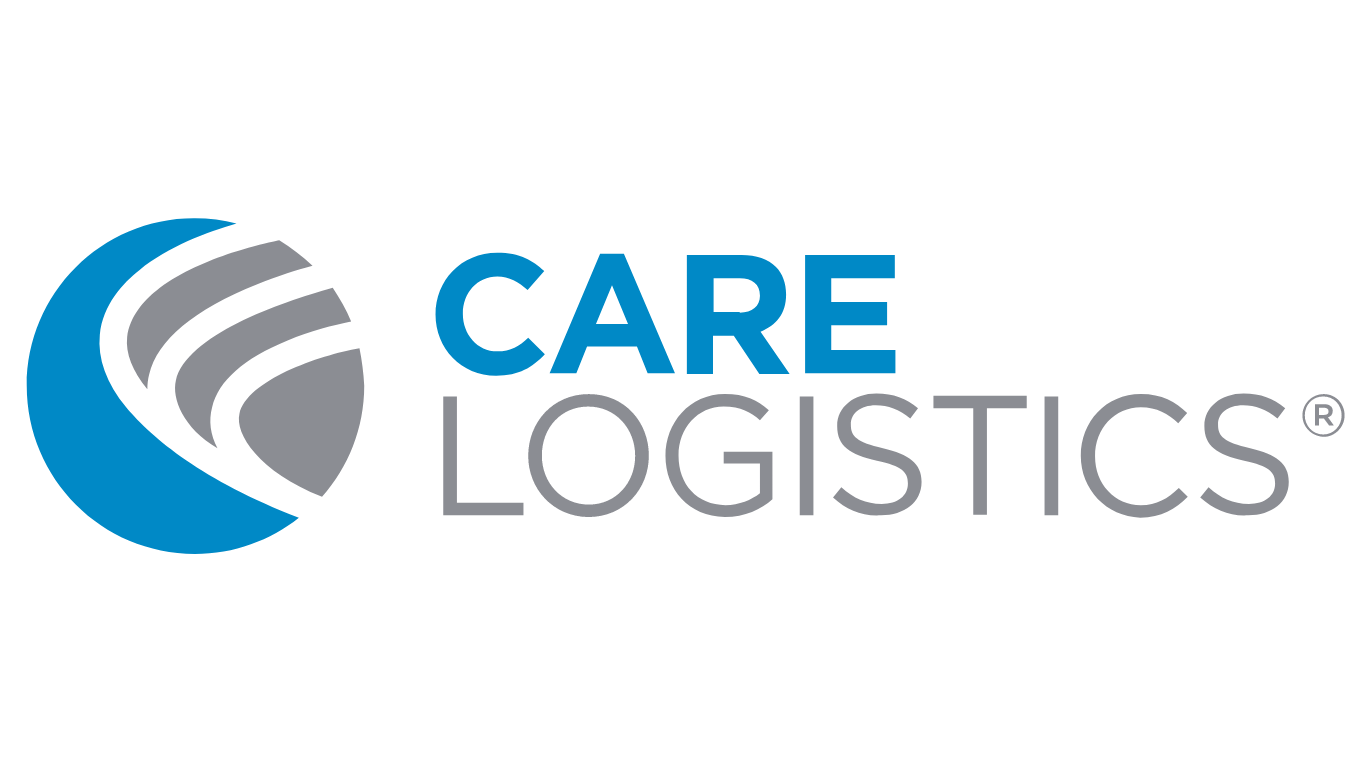National Performance Goals™: What Hospitals Need to Know for 2026—and How to Prepare
Healthcare is about to experience a major shift. Starting January 1, 2026, the Joint Commission will introduce National Performance Goals™ (NPGs)—a new framework designed to elevate patient safety and quality standards across hospitals and health systems. If you’re still thinking in terms of the old National Patient Safety Goals® (NPSGs), it’s time to update your playbook.
What Are National Performance Goals™?
The NPGs represent a new chapter in accreditation requirements, organizing standards that rise above regulation into salient, measurable goals. Unlike previous frameworks, these goals go beyond compliance—they focus on outcomes that truly impact patient safety and care quality.
Key Highlights:
● Effective Date: January 1, 2026
● Scope: Requirements that exceed regulatory minimums (excluding the Medical Staff chapter)
● Critical Issues Elevated: Topics like suicide risk reduction and staffing adequacy are now part of NPGs because of their direct impact on patient safety.
The Big Change: Staffing Becomes a Standard of Care
For the first time, staffing is explicitly recognized as a patient safety metric. The Joint Commission emphasizes in its guidelines the importance of ensuring that hospitals are adequately staffed and that personnel are competent to deliver safe, high-quality care. This means hospitals and health systems will be accountable not just for having staff on shift, but for ensuring that the right people are available.
Why This Matters:
Staffing in healthcare isn’t just about numbers—it’s about the right mix of skills and competencies. A hospital can have plenty of people on the schedule, but if those individuals aren’t aligned with patient needs or equipped to deliver safe, high-quality care, outcomes suffer. That’s why workforce planning has evolved into a strategic priority. Today, staffing adequacy isn’t merely an operational concern; it directly impacts accreditation and patient outcomes.
At the same time, the complexity of hospital operations continues to grow. Leaders must constantly balance patient demand, workforce availability, and rigorous quality standards—all in real time. It’s a dynamic challenge that requires foresight, flexibility, and a commitment to excellence.
How Hospitals Can Prepare for NPGs
Meeting these new standards requires more than policy updates—it demands operational transformation. Here are four practical strategies:
1. Optimize Workforce Alignment
Use predictive analytics to forecast patient volumes and adjust staffing proactively.
Match skill mix to patient acuity, not just coverage.
2. Streamline Care Coordination
Reduce bottlenecks in patient flow to minimize unnecessary staffing strain.
Improve interdepartmental communication for faster, safer decision-making.
3. Leverage Technology for Real-Time Visibility
Implement tools that provide real-time data on staffing, patient census, and resource utilization. Automate administrative tasks wherever possible to reduce staff burden.
4. Commit to Continuous Improvement
Regularly review performance metrics tied to NPGs. Engage frontline staff in identifying process improvements and workflow efficiencies.
5. Make Efficiency a Driver for Staff Retention and Recruitment
Hospitals face a significant staffing challenge—especially after many nurses left the hospital setting during the pandemic. Improving operational efficiency isn’t just about meeting compliance; it’s about creating a better work environment. When hospitals eliminate unnecessary administrative tasks and reduce waste:
Staff can focus on patient care, not paperwork.
Job satisfaction improves, reducing burnout and turnover.
A more supportive, streamlined environment makes hospitals more attractive to new talent.
Efficiency isn’t just a metric—it’s a retention strategy. By making life better for the staff you have, you increase the likelihood of keeping them and even attracting more.
How CareEdge™ by Care Logistics Can Help
As hospitals prepare for these changes, CareEdge™ offers solutions that make compliance and operational excellence achievable:
Real-Time Visibility: Monitor patient flow and resource allocation to ensure staffing aligns with patient needs.
Efficiency Tools: Streamline workflows to reduce delays and improve throughput.
Data-Driven Insights: Use actionable analytics to optimize staffing and care coordination.
By improving operational performance, hospitals can not only meet the new NPG standards but also enhance patient safety and overall quality of care.
Setting the Stage for Success
The introduction of National Performance Goals™ marks a pivotal moment for healthcare organizations. Success will depend on strategic workforce planning, operational efficiency, and technology-driven insights. Hospitals that act now will be better positioned to thrive under these new standards—and deliver the safe, high-quality care patients deserve.

